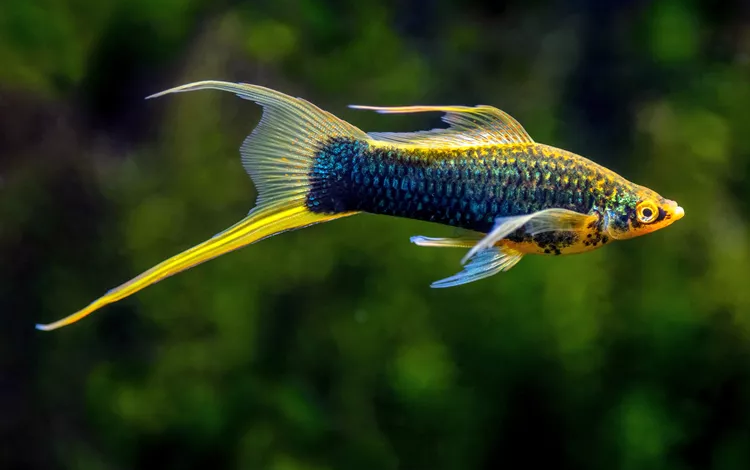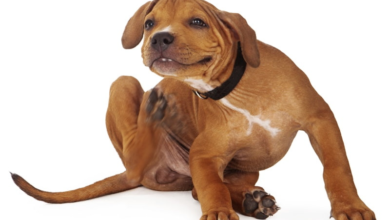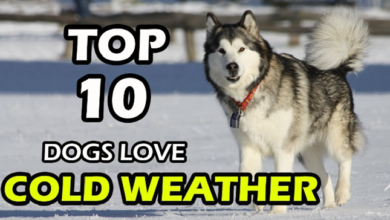The Vibrant World of Swordtail Fish

A Complete Species Profile
The shimmering scales and playful nature of Swordtail fish have captivated freshwater aquarium enthusiasts for decades. With their distinctive sword-shaped tails and diverse color variations, these livebearers add a touch of the tropics to any home tank. But there’s more to Swordtails than just their stunning looks! This easy-to-care-for species boasts a rich history, interesting breeding behaviors, and a social personality that makes them a joy to observe.
Dazzling Designs: A Swordtail’s Signature Style
The most striking feature of Swordtail fish, unsurprisingly, is their namesake tail fin. Males are adorned with a long, pointed lower lobe that resembles a sword, while females have a shorter, rounded tail. This flamboyant appendage isn’t just for show, though. It plays a crucial role in attracting mates, with males using elaborate displays to vie for the attention of females.
Swordtails come in a dazzling array of colors, from classic red and orange to vibrant yellows, blues, and even blacks. Breeders have cultivated an impressive range of varieties, with stunning patterns like Wagtails, Tuxedos, and Lyretail adding further visual interest to the aquarium.
Read more: Why Do Betta Fish Fight?
A Life Under the Surface: The Swordtail’s Natural Habitat
Swordtails hail from the lush freshwater environments of Central America, primarily found in the Atlantic slope rivers and streams stretching from southern Mexico down to Guatemala and Belize. These vibrant fish thrive in areas with slow-moving, clear waters and an abundance of vegetation.
Swordtails are omnivores, feeding on algae, small insects, and detritus (decaying organic matter) in their natural habitat. They play an essential role in the ecosystem by helping to control algae growth and contributing to the decomposition process.
From the Wild to the Tank: Bringing Swordtails Home
Swordtails are a perfect choice for beginner aquarists due to their hardiness and adaptability. They can tolerate a wider range of water parameters than many other fish species, making them less susceptible to fluctuations in temperature, pH, and water hardness. However, for optimal health and vibrant colors, it’s recommended to aim for the following water conditions:
- Temperature: 72-82°F (22-28°C)
- pH: 7.0-8.2 (neutral to slightly alkaline)
- Water Hardness: 8-20 dGH (moderately hard)
Swordtails are social fish that do best in groups of at least 6-8 individuals. A good rule of thumb is to keep a ratio of 3-4 females for every male. This helps to prevent aggression among males competing for mates.
Creating the Perfect Paradise: Setting Up a Swordtail Aquarium
When designing your Swordtail haven, prioritize providing ample swimming space with plenty of live plants. Swordtails love to explore and graze on algae growing on the leaves. Live plants also serve as hiding spots for females and fry (baby fish).
Driftwood and rocks can be added to create a more natural look and provide additional hiding areas. Opt for a substrate like gravel or sand that allows Swordtails to sift for food.
A Feast for Fins: Keeping Your Swordtails Well-Fed
Swordtails are not picky eaters and will thrive on a varied diet. High-quality flake food specifically formulated for livebearers should be the base of their diet. Supplement this with frozen brine shrimp, bloodworms, and daphnia to provide essential protein and keep them colorful and healthy. Algae wafers and blanched vegetables like zucchini can also be offered to add variety and promote healthy digestion.
The Miracle of Life: Breeding Swordtails
Swordtails are livebearers, meaning they give birth to live fry instead of laying eggs. Males have a modified anal fin called a gonopodium, which they use to fertilize the eggs internally. After a gestation period of 4-6 weeks, the female will release anywhere from 20 to 100 fry.
Fry are tiny and vulnerable, so it’s crucial to provide them with hiding places like dense vegetation or breeder boxes. You can also feed them infusoria or baby brine shrimp until they are large enough to consume regular flake food.
Keeping Your Swordtails Healthy: Common Ailments and Prevention
While Swordtails are generally robust fish, they can be susceptible to certain diseases like Ich (white spot disease) and fin rot. Maintaining clean water conditions through regular water changes and using a good quality filter are the best ways to prevent these issues.
Adding a small amount of aquarium salt to the tank can also help boost the immune system of your fish. If you notice any signs of illness, such as lethargy, clamped fins, or white spots on the body, it’s important to quarantine the affected fish and treat the tank accordingly.











